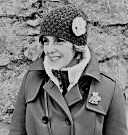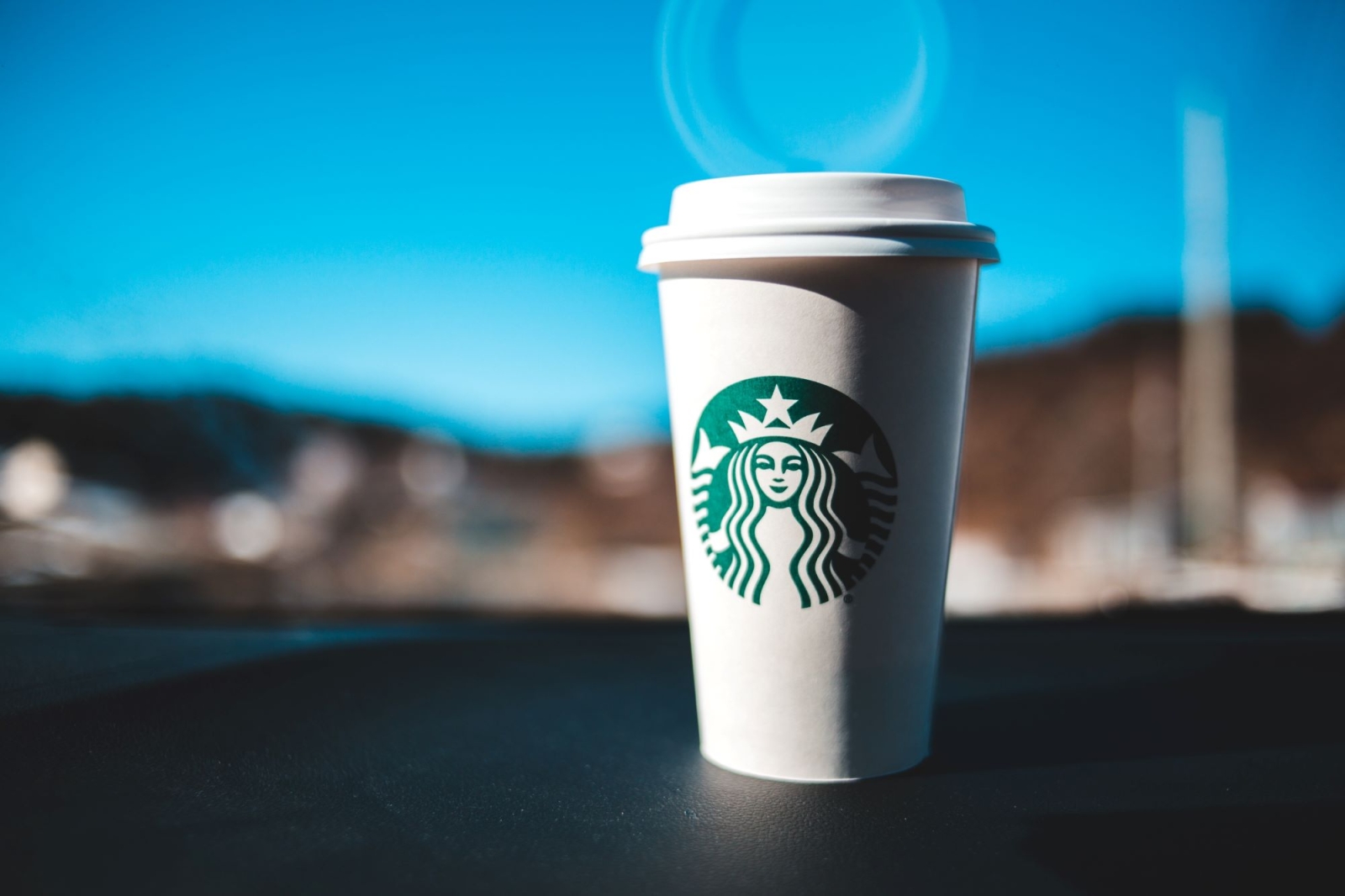Starbucks plans to let all U.S. customers order hot or cold drinks poured into reusable cups by early 2024. That goes for orders placed at cafe counters, in drive-throughs or via the mobile app. The effort is part of Starbucks’ strategic plan to make all is packaging reusable, compostable or recyclable by 2030.
Considering just 1.2 percent of Starbucks drinks were served in reusable containers, as of an April update, the company has a lot of work to do in a little over six years to achieve that goal on a worldwide basis.
It has plenty of incentive to make this happen: While Starbucks doesn’t disclose how many disposable cups it goes through annually, a spokeswoman said they account for 40 percent of the company’s packaging annually and 20 percent of its waste footprint. If the company succeeds, it will replace all its single-use cardboard cups with reusable cups that can withstand 1,000 wash cycles.
To push reusables, Starbucks is testing models for 100 percent reusable cups in more than 25 markets, including stores in Arizona, California and Colorado; sites in Japan, Singapore, South Korea and the U.K.; and its Seattle headquarters, where more than 3,750 employees are based.
Among the factors Starbucks is studying through its Tryer Center Innovation Lab are: What are the most durable and practical materials for reuse? How to collect and clean cups after they have been used? How quickly do people return them? Have they been rinsed before they’re deposited? And how to convince customers to return cups they’ve "borrowed" from stores.
"We need to do all of the things… because we’re talking about motivating behavior changes to the masses and not to the people who are passionate about this stuff," said Chris McFarlane, global responsibility adviser for waste and circularity at Starbucks, during a tour of the Seattle headquarters in June.
None of this means Starbucks will be close to ditching single-use options by next year, although it’s moving faster in certain markets, such as South Korea, where it will eliminate single-use cups by 2025 because of government policies. Rather, it’s the ultimate extension of a policy Starbucks pioneered in 1985, when it started offering 10-cent discounts to people bringing personal cups for orders.
As it inches toward the 2025 deadline to introduce a formal cup-borrowing program, here are the six biggest takeaways from Starbucks’ tests so far:
Virgin plastic looks like the most viable material option
The reusable cups being used in tests are made from new polypropylene that is tough, light and can be recycled if a customer throws them out instead of returning them. Manufactured in Europe, they can be used for hot or cold drinks, and come in three standard sizes. While Starbucks considered making them from recycled plastic, there isn’t enough food-grade recycled material of this sort on the market to make that economically viable, McFarlane said.
Another downside of the recycled plastic available today is that it is often opaque or colored, which means the liquid inside can’t be seen, he said. That’s a concern for the brand optics of Starbucks’ cold drinks — which have bright, distinct colors. Starbucks wants the cup to be at least partially see-through. "It is one aspect of the customer experience that is really valuable to the brand and to the customers as well," McFarlane said.
The lower part of the cup, where someone grips it, includes insulation; that’s where the iconic Starbucks label is placed. There’s no need for a cardboard sleeve. While Starbucks considered using steel, the weight of the material and the emissions associated with its production made its use tough to justify from a cost and environmental sustainability perspective, McFarlane said.
Image: Kristian Angelo, Unsplash
No, the lids still can’t be reused
The reusable cups Starbucks uses come with recyclable, single-use plastic lids. Only the bottom portion of the cup is washed and sanitized for reuse. Because of design complexities, work on reusable lids is planned along a separate timeline, according to McFarlane and other members of the Starbucks reusable strategy team. The company has said little publicly about that plan.
Starbucks will need collection points galore to get the cups back
It needs to be as convenient for customers to return a borrowed reusable cup as it is to recycle a single-use cup, said McFarlane. For example, there are at least 40 return points in the Seattle headquarters, where the company’s administrative space occupies 1.8 million square feet. From there, cups are sent for washing and restocking in the cafés there.
At Arizona State University (ASU), return bins were placed across the campus near trash and recycling bins to collect borrowed cups, as well as in other public areas where students tend to gather. The Starbucks stores at ASU also include wash stations for personal cups.
Financial incentives don’t make that much of a difference to return rates
The internal "harvest" rate for reusable items at the Starbucks Seattle headquarters is about 80 percent, its team said during my visit, although that was just one specific program for its food service operation. Starbucks hasn’t disclosed the return rates for its in-market pilots, but it is using various financial incentives to convince customers to bring borrowed cups back or to use their own personal ones rather than single-use. Often, it’s a combination of incentives and fees.
At its ongoing ASU test, for example, customers receive a $1 off their orders for bringing their own cup or for using a borrowed one, which are handed out for free. "It moves the needle, but it doesn’t move it that much," acknowledged McFarlane.
In the cities of Napa and Petaluma in California, Starbucks is testing how customers respond to incentives linked to its Starbucks Reward program, in partnership with Turn Systems, a collection bin vendor. Across the U.S., the tests are using a range of models from a 10-cent single-use fee to a 50-cent deposit that is returned when the cup comes back. In places such as Taiwan, the fees are steeper at about $1.60 per cup for a refundable deposit.
Supporting mobile and drive-through orders is a must
A vast majority of Starbucks orders come through its mobile app or from customers visiting its drive-through locations: 74 percent as of the second quarter. While it hasn’t said much about how it’s combining reusables with mobile orders, Starbucks conducted a three-month pilot from April to June in Colorado that studied how to accommodate drive-through transactions.
Among other things, the Colorado test included signage alerting customers that using their own personal cups was an option for which they would receive a 10-cent discount and extra Starbucks reward points. As part of the process, the customer hands the cup to the barista at the window. The program is officially supported at 192 stores in the state.
Image: Asael Pena, Unsplash
The best ideas will come from baristas and store managers
Starbucks is taking its cues for how to handle reusable cups from those on the front lines, often starting with its Seattle lab. That location is where many concepts are initially tested before taking them out to market. "It really allows the space to test and learn and grow with reusables here in a really, really iterative but also immediate way," McFarlane said. "Since it’s internal, it’s a bit more forgivable. So, we get to really, really play."
All of its ongoing reusable tests were launched and co-designed by its employees in the field. The trial at ASU, for example, started with far fewer collection points. Starbucks employees across the campus identified where they should be placed.
Training for the broader, upcoming launch in 2024 is already in progress.
This article was originally published on GreenBiz
This article is also available in Italian / Questo articolo è disponibile anche in italiano
Principle image: Erik Mclean, Pexels



